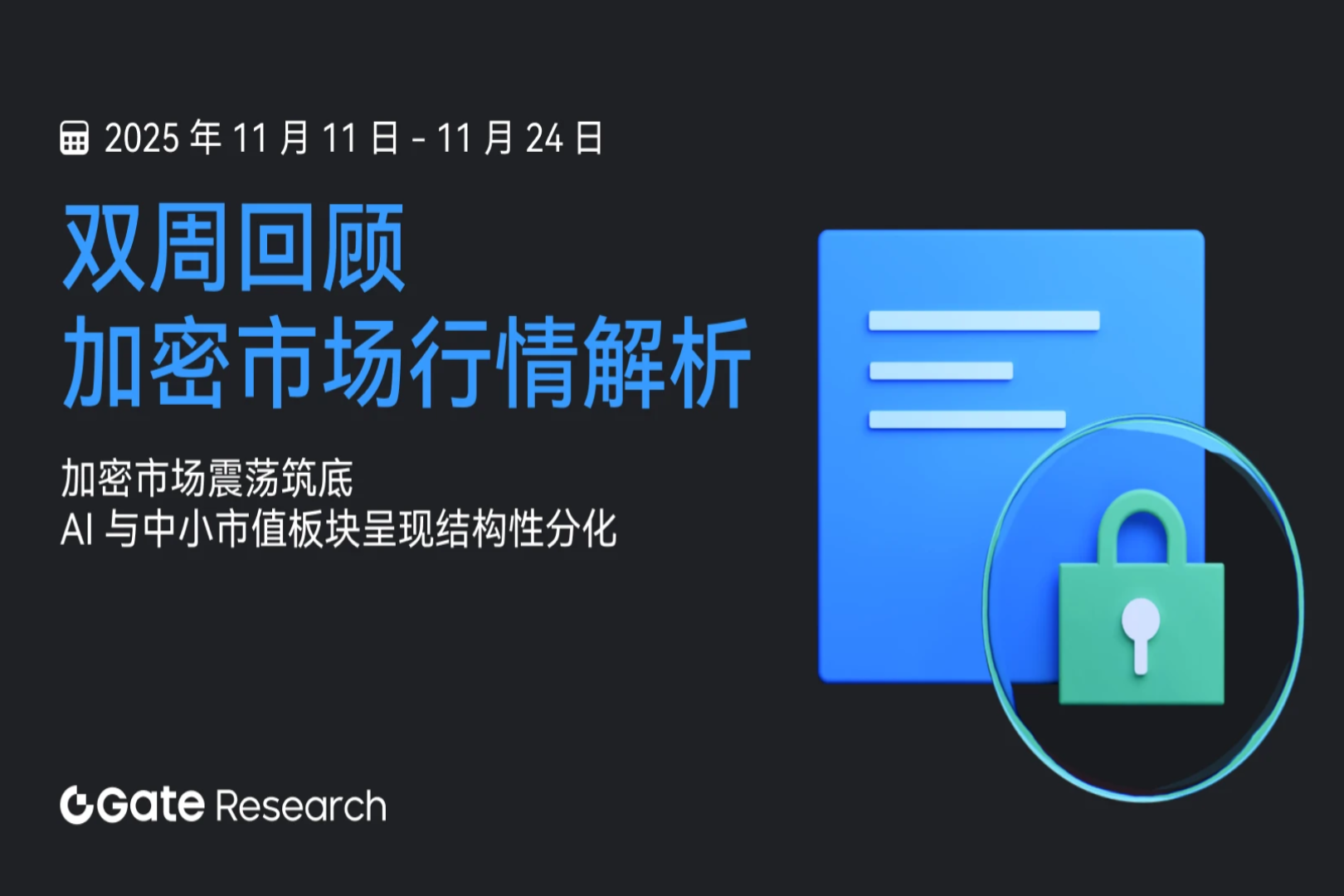Web3 Marketing Insider: Is Kaito More Effective Than Traditional KOLs?
Original author: Stacy Muur
Original translation: Luffy, Foresight News
I recently conducted an in-depth study on influencer marketing and spoke to some of the most prominent Web3 marketing agencies that run marketing campaigns for major crypto protocols such as Mantle, Sonic Labs, Aptos, Solv Protocol, etc.
What is the goal?
The goal of my research is to uncover how these agencies operate and their core KOL lists.
What are the criteria for selecting KOLs?
How big is their user base?
How do they assess audience quality?
How do tools like Kaito and Cookie DAO reshape the KOL game in Web3?
Whether you’re looking to become a KOL on a top institutional network or a Web3 team preparing for your next event, this is a must-read.
Let’s look at some data first
KOL network size
42.9% of organizations have more than 1,000 KOL accounts
35.7% of organizations have 500 – 1,000 KOL accounts
Nearly 50% of organizations rely on only 50-100 core active KOLs for most campaigns
Only 10% of organizations actively collaborate with more than 250 KOLs
What are the core criteria when selecting KOLs?
Number of followers? Average importance → 2.93/5
Impressions per post and “smart followers”? More important → 4.1/5
Content quality, research ability and past experience? Key indicators → 4.7/5
All organizations will check whether the accounts have fake traffic, and more than half use tools such as Kaito and Cookie 3 to screen and evaluate KOLs.
What Web3 teams working with KOLs need to pay attention to
The reality is that Web3 marketing is severely limited in terms of tooling.
X The ads are not working well. Many users have Premium membership (no ads), and those who don’t usually aren’t your ideal customers.
Google ads face regulatory headwinds, with many programs unable to run legally in core regions.
Media coverage? Good for trust/reputation, but not for actual user acquisition.
So, what's left?
KOL, and Kaito, cookie-driven advertising campaigns.
Take Spark’s campaign on Cookie, for example: 13,400 X accounts participated, most of which were micro-KOLs with less than 1,000 followers. This is where the innovation really comes in — these accounts are too small to be suitable for traditional paid promotions.
So… is this model better than traditional KOL marketing? There is debate here.
There are also some problems with micro KOLs:
They often form echo chambers of attention, following and forwarding each other → audience overlap is serious. In smaller verticals, this behavior helps spread quality content. But in high-frequency farming activities (e.g. yaps/snaps), it leads to overexposure and users begin to lose interest.
Nevertheless, Kaito and Cookie do provide an entry opportunity for small accounts, making the Ambassador Program more decentralized and easier to manage.
Is decentralization of marketing more important or is efficiency more important? This is also controversial.
Let’s not forget the recent case of Loud!: chatter ≠ strategy. Mindshare ≠ influence.
Traditional KOL marketing also has flaws
The harsh truth is: if your product lacks selling points, you will need to pay more. KOLs are just channels for communication - some are loud, some are humorous, and some are professional, but they are definitely not miracle workers.
Now, if your product does have traction, a new problem arises:
There is a severe shortage of KOLs who meet the following criteria:
Have an organic traffic audience
Understanding the technology
Ability to create resonant content
Accept sponsorship cooperation
Many top KOLs don’t accept paid posts. They either invest privately or charge five figures for a tweet. This is why nearly 50% of agencies only work closely with 50-100 KOLs out of 1,000+ accounts, and 85% of paid KOLs produce zero effective results.
So, how exactly does KOL marketing work?
Long-term repeated posting → more trust, more recognition, better conversion
KOL cross-interaction → Ask them to quote each other’s opinions instead of just forwarding brand announcements
Natural communication > hard promotion → The community can smell hard advertising, giving KOLs freedom to express their ideas authentically
Don’t buy ads, buy reviews → Real reviews are better than banner ads
Jump out of X platform → Telegram, Substack = lower noise, higher retention rate
My thoughts on the future of Web3 marketing
Kaito and Cookie bring micro-KOLs into the mind share game, providing marketers with a new experimentation mechanism. Will this become an effective marketing lever, or just more noise? It remains to be seen.
KOL marketing will not disappear, but it needs real voices rather than 24/7 paid accounts.
Finally, I want to say: Why are people still obsessed with platform X? If you really want to achieve growth, don't ignore Telegram and Substack.



